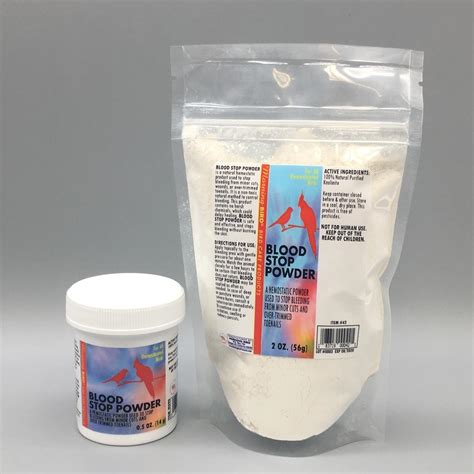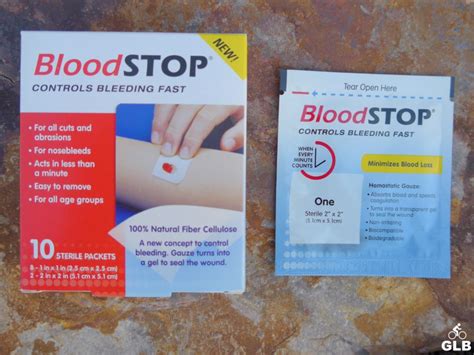Blood stop, also known as hemostasis, is a crucial process that prevents excessive bleeding when a blood vessel is injured. The body's ability to stop bleeding is essential for maintaining homeostasis and preventing blood loss, which can lead to shock, organ failure, and even death. In this article, we will delve into the mechanisms of blood stop, its importance, and the various methods used to achieve hemostasis.
Key Points
- The body's natural hemostatic process involves vascular spasm, platelet plug formation, and coagulation cascade activation.
- Excessive bleeding can be controlled using external methods such as pressure application, hemostatic agents, and surgical interventions.
- Understanding the mechanisms of blood stop is essential for developing effective treatments for bleeding disorders and improving patient outcomes.
- Hemostatic agents, such as fibrin glue and thrombin, can be used to promote blood clotting and stop bleeding.
- Surgical interventions, such as suturing and cauterization, can be used to control bleeding in severe cases.
Physiological Mechanisms of Blood Stop

The body’s natural hemostatic process involves a complex interplay of physiological mechanisms that work together to stop bleeding. The first step in the hemostatic process is vascular spasm, which involves the constriction of blood vessels to reduce blood flow to the affected area. This is followed by platelet plug formation, where platelets aggregate and form a plug to block the bleeding site. The coagulation cascade is then activated, involving a series of chemical reactions that lead to the formation of a blood clot.
Coagulation Cascade
The coagulation cascade is a complex process that involves the activation of various clotting factors, which ultimately lead to the formation of a blood clot. The coagulation cascade can be divided into three main pathways: the intrinsic pathway, the extrinsic pathway, and the common pathway. The intrinsic pathway is activated by damage to the blood vessels, while the extrinsic pathway is activated by external factors such as trauma. The common pathway involves the activation of clotting factors that lead to the formation of a blood clot.
| Clotting Factor | Function |
|---|---|
| Fibrinogen | Forms fibrin clot |
| Prothrombin | Activated to form thrombin |
| Thrombin | Activates fibrinogen to form fibrin |

External Methods of Blood Stop

In addition to the body’s natural hemostatic process, external methods can be used to stop bleeding. These methods include pressure application, hemostatic agents, and surgical interventions. Pressure application involves applying pressure to the bleeding site to constrict the blood vessels and reduce blood flow. Hemostatic agents, such as fibrin glue and thrombin, can be used to promote blood clotting and stop bleeding. Surgical interventions, such as suturing and cauterization, can be used to control bleeding in severe cases.
Hemostatic Agents
Hemostatic agents are substances that promote blood clotting and stop bleeding. These agents can be used to treat bleeding disorders, such as hemophilia, and to control bleeding in surgical procedures. Hemostatic agents work by activating the coagulation cascade and promoting the formation of a blood clot. Examples of hemostatic agents include fibrin glue, thrombin, and tranexamic acid.
What is the most effective method of blood stop?
+The most effective method of blood stop depends on the severity and location of the bleeding. In general, a combination of external methods, such as pressure application and hemostatic agents, and surgical interventions, such as suturing and cauterization, can be used to control bleeding.
How does the coagulation cascade work?
+The coagulation cascade is a complex process that involves the activation of various clotting factors, which ultimately lead to the formation of a blood clot. The coagulation cascade can be divided into three main pathways: the intrinsic pathway, the extrinsic pathway, and the common pathway.
What are the risks and complications of blood stop methods?
+The risks and complications of blood stop methods depend on the method used and the individual's underlying health conditions. Common risks and complications include infection, bleeding, and scarring. In severe cases, blood stop methods can lead to organ failure and death.
In conclusion, blood stop is a critical process that prevents excessive bleeding when a blood vessel is injured. Understanding the mechanisms of blood stop and the various methods used to achieve hemostasis is essential for developing effective treatments for bleeding disorders and improving patient outcomes. By combining external methods, such as pressure application and hemostatic agents, with surgical interventions, such as suturing and cauterization, healthcare professionals can control bleeding and prevent complications.
